The Ultimate List of Writing Strategies (With Examples)

Content marketing isn't just about writing, but writing is a massive part of what we do. Good writing is also very challenging.
Writing is deceptively tricky. Most writers think that they can write content because they know their language. There's a reason why there are so many stereotypes about writers who have grand ideas but never produce anything or people who consider themselves writers but can't get published.
Nothing could be further from the truth. In reality, fluency with your language is just the start of what you need to be a good writer. Whether you're trying to write the next bestseller or a marketing blog post, and anything in between, critical writing skills are required to keep your writing focused, well-structured, and helpful to your readers.
Today, this post will be packed full of advice and examples of how you can use writing strategies to become a better writer. Some of them are about process, some are focused on content, and some are techniques in rhetoric. They can all help you if you learn how they work.
Let's get started!
Start Strong
Where does a blog post start?
This first question is a fundamental inquiry. In content marketing, where would you say a blog post starts?
Is it the first sentence? It's the first part of the post, so a strong opening sentence is essential. You want something short, punchy, and compelling. A lot of people make use of the curiosity gap to draw in their readers. Ask a question, pose a statement, make people think, "I wonder what they mean," and keep reading. It's pretty effective – it's what the entire concept of clickbait is based on – but it's not 100% necessary.
Is it the opening paragraph? This area is where you'll want to hook the reader so that they'll continue reading. In the first paragraph, the reader gets a sense of what the article will cover, your writing style, and if they're in the right place.
Titles are more important than your first sentence, and for one reason. If you're an SEO, you know where I'm going with this because it's Google.

A considerable portion of your readers will come from Google search, and Google search shows the title of your post as the most significant, most up-front part of the post. Many times, your intro sentence isn't even part of the search results. The title is what gets people interested.
There is a lot that goes into a blog post title. Some are obvious, such as traffic, competition, the type of blog post topic (evergreen, expository, comparisons, questions), ideal length, etc. Others are less obvious, like word choice, alliteration, controversy, relevance, beginner-friendliness, timeliness, and how much it grabs the reader's attention.
Darren Rowse, from ProBlogger, digs into this in a lot of detail, so read this:
Write To Your Readers
You can't simply write a piece of content and throw it out into the world, assuming people will find it and like it. There are far too many people out there who aren't interested.
Consider the post you're reading right now. Who am I writing to?

You might say "other writers," and you'd be right. But that's still too broad. Are fiction writers going to make use of my advice? Novelists? Probably not. I can narrow it down further to website copywriters and bloggers.
As an elementary example, consider you were writing a math-related question to challenge someone. If the person you were challenging was a grade-schooler, you might ask the Pythagorean theorem. If the person you're asking is the pro-YouTuber Mathologer or Numberphile, you would ask a much more challenging question.
Figure out who you're targeting with your writing task and why they're visiting, and that will determine how the rest of your article will function.
Ask Questions and Stimulate Thinking
Which is better? A hands-on workshop or a lecture?
This inquiry is a bit of a trick question; both have their place. A sufficiently engaging lecture can be highly potent. A workshop with too many constraints won't be very engaging at all. And, of course, there are many crossovers. Some of the all-time best TED Talks, for example, are highly engaging for their audiences. One of my favorites is this one from Bobby McFerrin. It's not a speech, but it's part of a more extensive presentation on expectations and engagement with an audience.
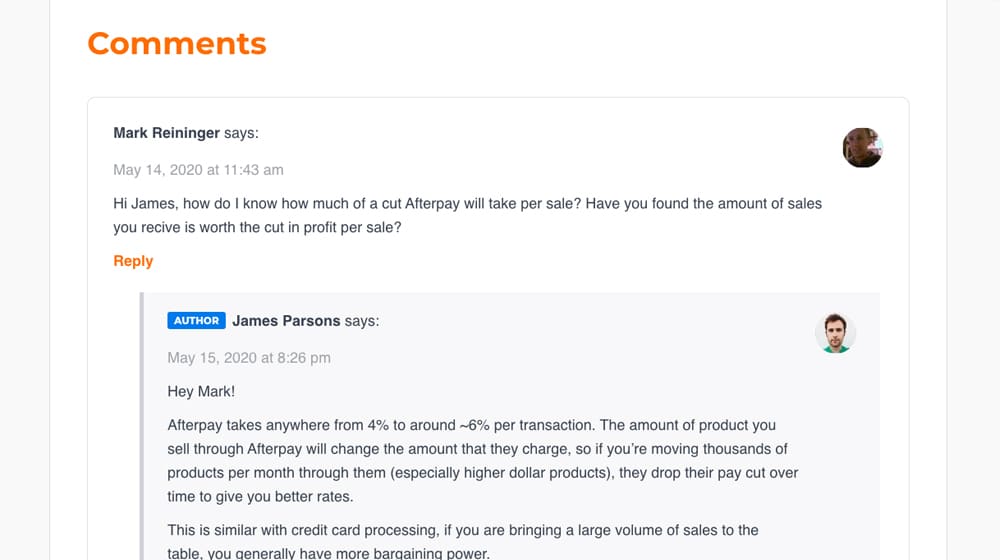
A blog post is inherently one-sided. It's not a discussion or a workshop, at least not a temporary one. People can ask you questions in the comments, and you can strike up a debate, but there's a time lag there. You have to recognize that.
They don't have to be a call to action questions, they can be rhetorical, but you still need to stimulate thought in your readers. Since you can't be temporally present to engage with your audience, you need to get them to engage independently.
Be Consistent in Voice and Tone
Part of what makes a blog post engaging is the person on the other side. You read the author's conversation, opinions, and authority when you read a blog post. They're a genuine person with an objective perspective, and that can't be removed from the content.
The worst blogs are articles where everything is written from a dry, "objective" point of view and style. Years ago, there was a way of thinking that a more objective writing style made your content more trustworthy if you're writing a case study or something else where facts need to take center stage. For blog posts, though? All you're doing is making your writing seem too dry to engage users.

You also need your voice to be consistent across posts. Casual readers won't notice, but followers will, and inconsistency makes your content come across as less genuine. After all, if people see significant differences in tone and style, how can they trust that you're the one who wrote the content?
Make Writing a Daily Habit
Writing is like any other skill. It's hard, it takes time to learn how to do it, and practice makes perfect.
This process is significantly more complicated if you have to sit down and remember just how to write blog posts for your once-a-month writing binge. Instead, figure out how much you need to do each day to reach your goals, and do that much at a minimum - if you get ahead, great! Keep going, and build a backlog.
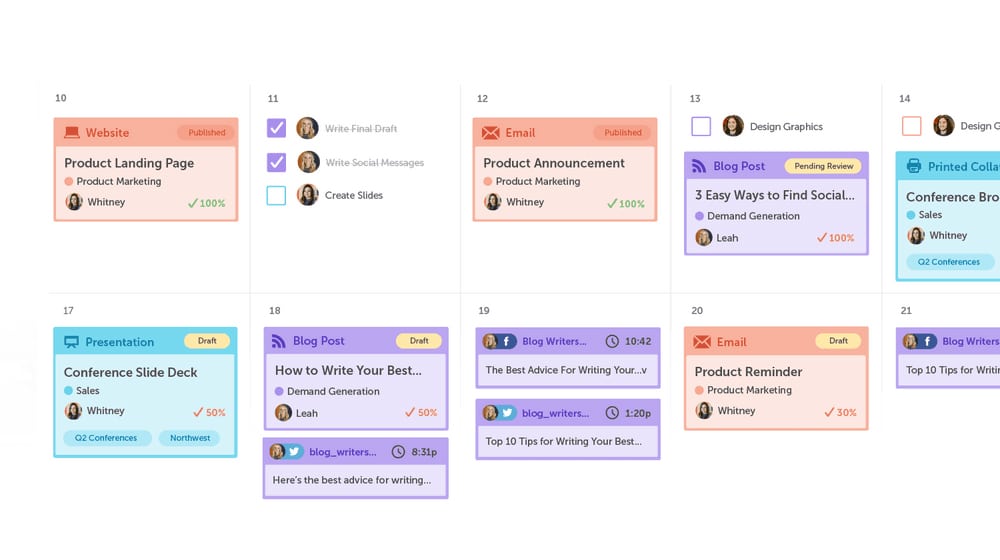
This schedule doesn't necessarily need to be seven days a week, 365 days a year. Every weekday is fine; give your brain time to rest and recharge on the weekends. Different writers have different ideas of how consistent they need to be, but the only way to figure out what works best for you is to dive in, do it, and adjust it to make it more comfortable for your schedule.
I write a lot of content for myself and my clients, so I tend to be doing a little bit every day. So do many of my writers. So should you.
Consider the Logical Flow of Your Content
Blog post outlines are helpful for two reasons: structure and organization.
I'm often pretty light on outlines. I've been doing this for so long that I can internalize a structure and build it out as I go. I proofread and edit the article when something I'm writing doesn't fit and should be shuffled around.
When you're first starting, this will be a lot harder. It takes sincere effort to structure a blog post so that the flow follows a narrative journey, from A to B to C to D, rather than A to D to C to B.
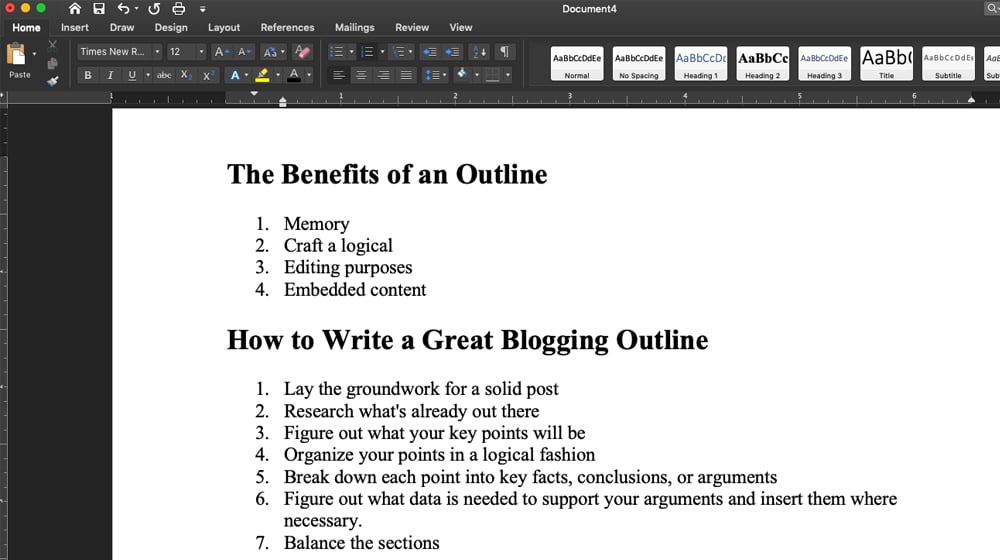
You'll want to lean on these prewriting strategies, and you might have to read your article several times before publishing it.
Some posts need more structure than others. This post, for example, doesn't need a lot; it's just a collection of tips and effective writing techniques. Other posts require more structure.
Freewriting may work well for a diary or personal blog, but you're leaving a lot up to chance in a web article. You might be skipping critical talking points other articles mentioned in detail, or your post might be too one-sided. Your writing may be too top-heavy or too bottom-heavy. Creating a structure and brainstorming improves your success rate and ensures that your article covers every point that you want to mention - and in a logical order.
Provide Value to Your Readers
Above all else, your blog post needs one thing: value.
When readers are reading it, they want to know what they will get out of it. What are you giving them?
Sometimes it's a lead-up to an offer. Your post is all about a problem the user has and how complicated it is to solve, and oh hey, what a coincidence; I happen to have a product right here that solves it for you much more quickly.
Hey, you there, want to learn how to write better and more compelling calls to action? Well, have I got just the right set of tips for you. Sometimes it's actionable advice.
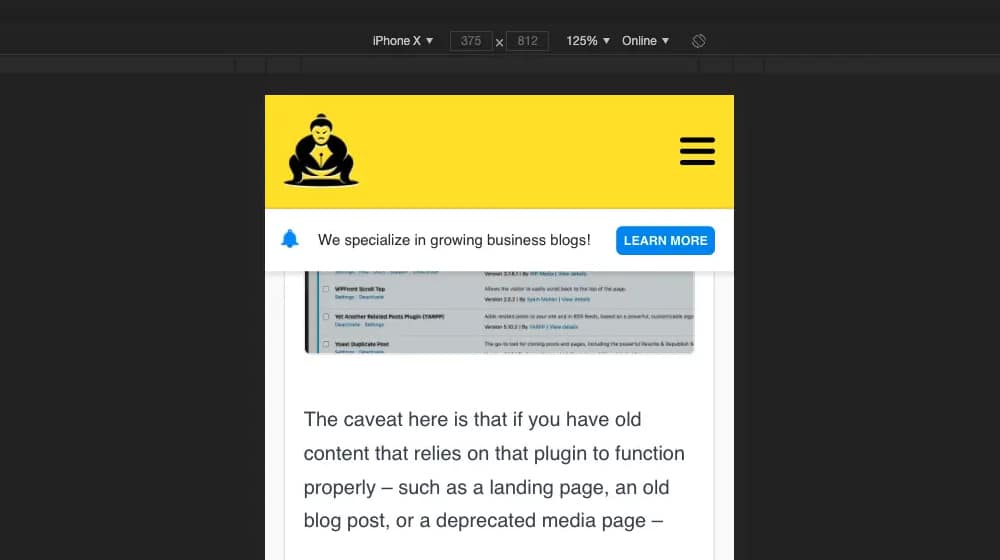
The key is you need to have some tangible value - you can't just present information and wrap up with "and what good is this to you? I don't know, figure it out for yourself; what am I, your mom?"
I mean, I guess you could do that if you wanted. It wouldn't be effective, though.
That way, people will be less likely to bounce and more likely to click on your results the next time they see you come up. More importantly, you'll be giving your readers the information they're looking for, and your content (and your website as a whole) will be better off for it.
Don't Be Afraid to Write Non-Linearly
How do you sit down to write a blog post?
Many people start with an outline and go from top to bottom, writing it all out. Then, they get stuck on some part 1200 words in and stall out. Maybe they blame it on writer's block, maybe just on a tricky subject matter or lack of data.
I always ask them the same thing. Why not skip it? This strategy might contradict the "Consider the Logical Flow of your Content" tip I mentioned earlier, but sometimes a subheading is thinner than you had expected. You have plenty more to write in your outline, so focus on that. You can always go back to add in that section later.
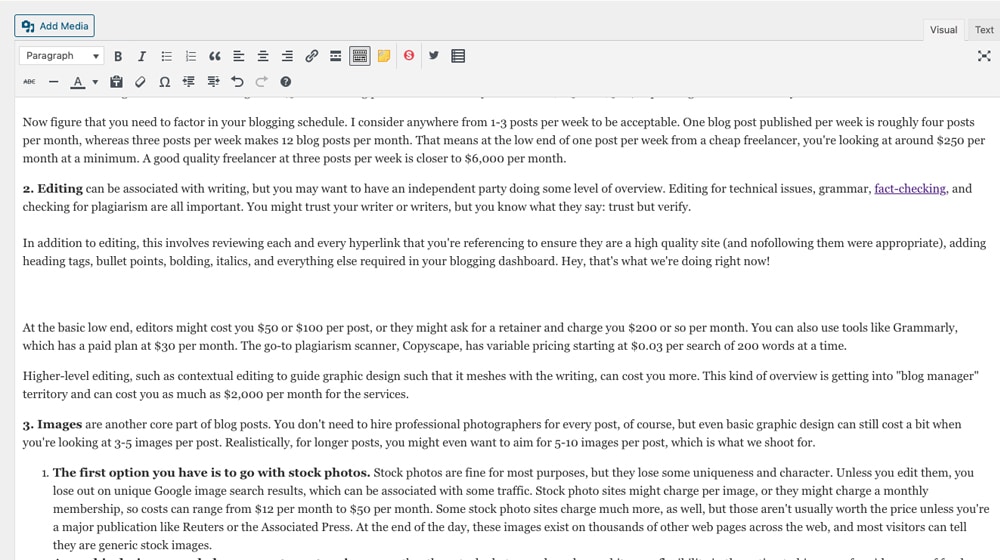
And, let's be honest here; most of the time, if a piece of data or a passage is stalling you out, it's probably not relevant or essential to your post. If it is, and you can't figure out how to phrase it, something is wrong with your premise instead.
One of the best pieces of writing advice I've seen was:
"If you ever get stuck, delete the last three sentences; that's where your problem is."
The idea is that what's stalling you out isn't the sentence you're stuck on; it's the pathway leading you to that dead end. Go back and take a different turn.
Spice Up Posts with Quotes, Questions, Formatting, and Media
This last section is all about blog writing. A novel, a piece of fiction, these kinds of things don't need all of the trappings of web writing. Web writing, though, sure does! Boy, howdy, does it.

Blog posts should, if it's reasonable, have:
- Quotations pulled from valuable sources relevant to what you're writing about or the point you're making. Note that these can be quotes you refute; they don't have to be supporting your premise.
- Bold, italics, underlines, colors, and lists make your post faster and easier to read.
- Images, at the bare minimum, are essential. Video embeds, gifs, and other media can be helpful as well.
My tip with all of this, though, is don't worry about it.
So, let me ask you; what's your most relevant, actionable piece of writing advice? What would it be if you had to teach one thing to a new blog writer? Let me know in the comments.










September 01, 2022
"If you ever get stuck, delete the last three sentences; that's where your problem is."
This sounds like a neat trick! Thanks! I'll keep it in mind next time it happens to me.
September 06, 2022
Hey Jennifer, you're welcome!